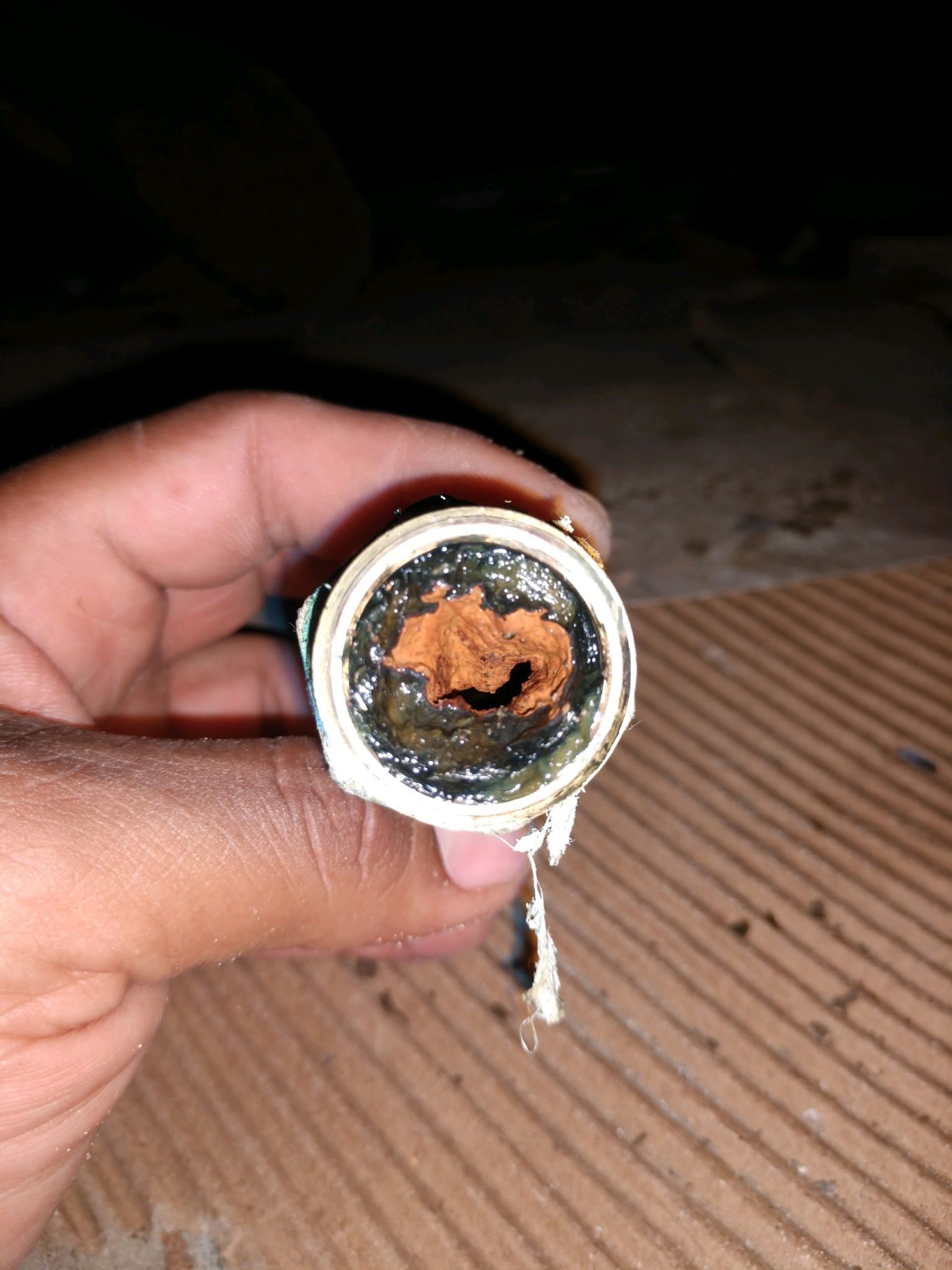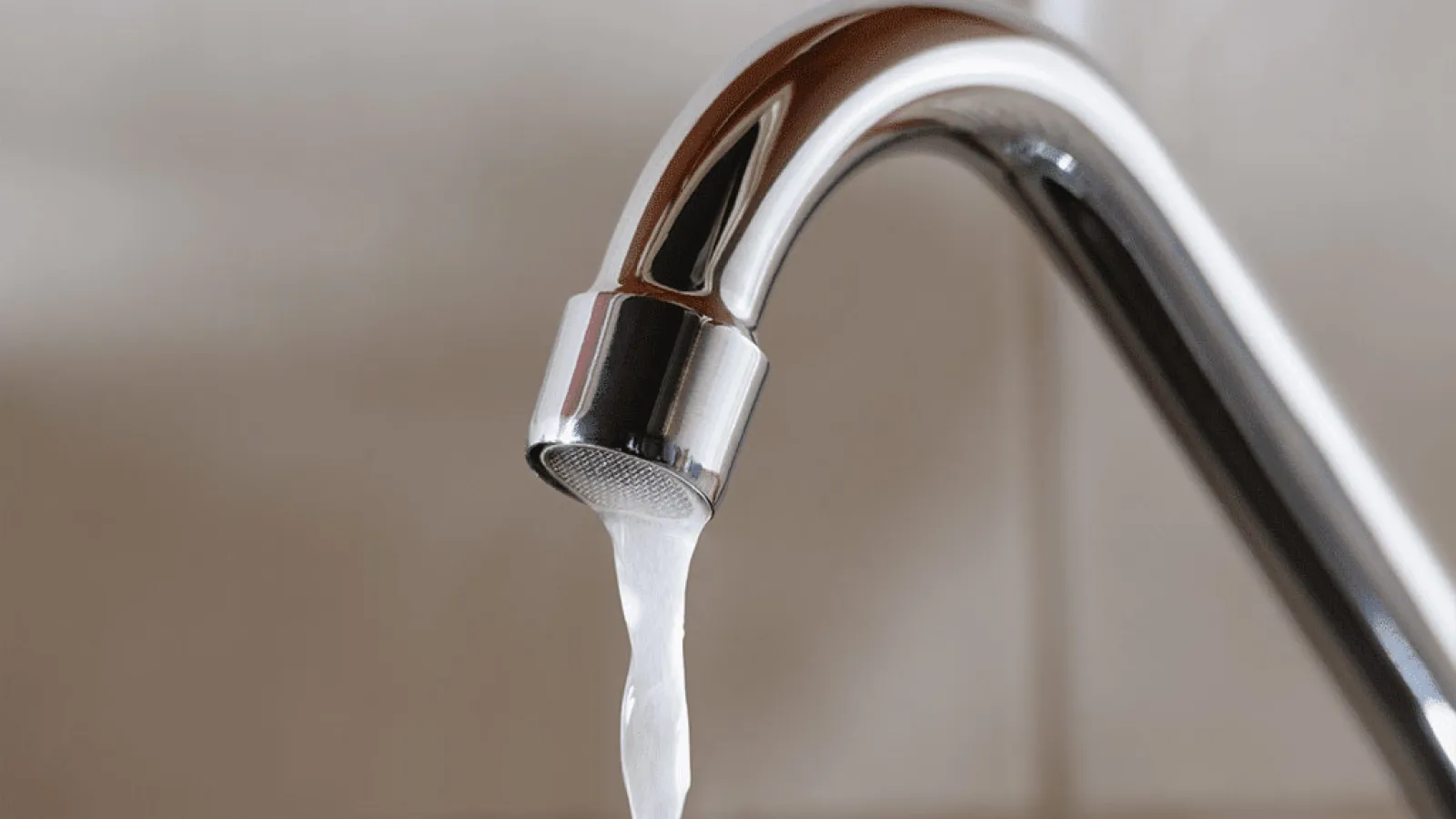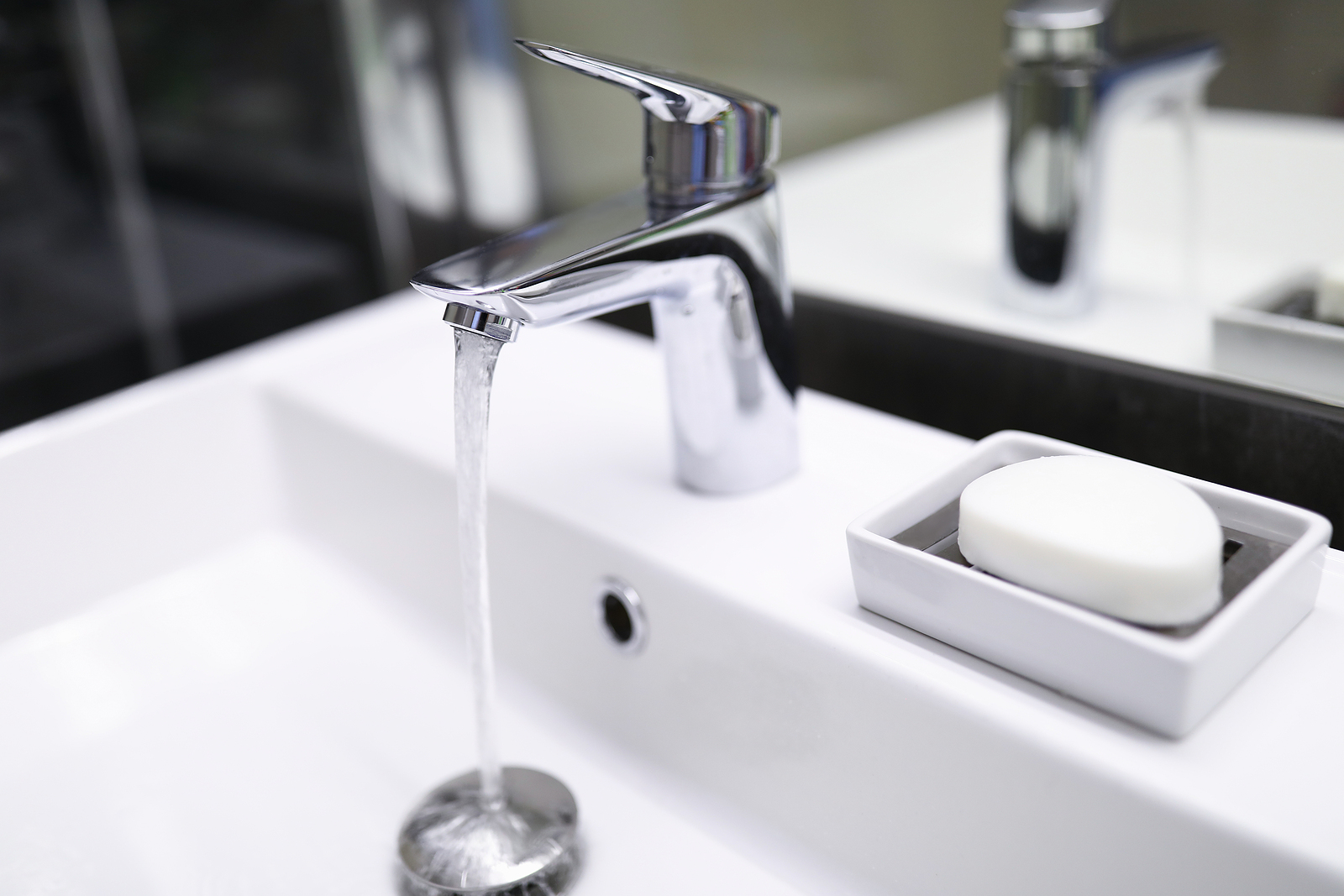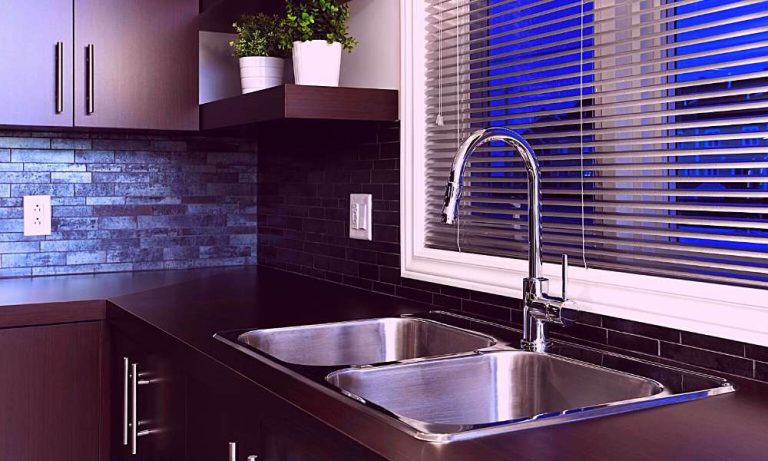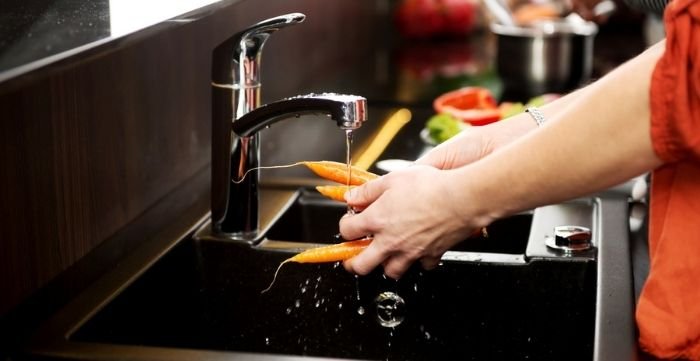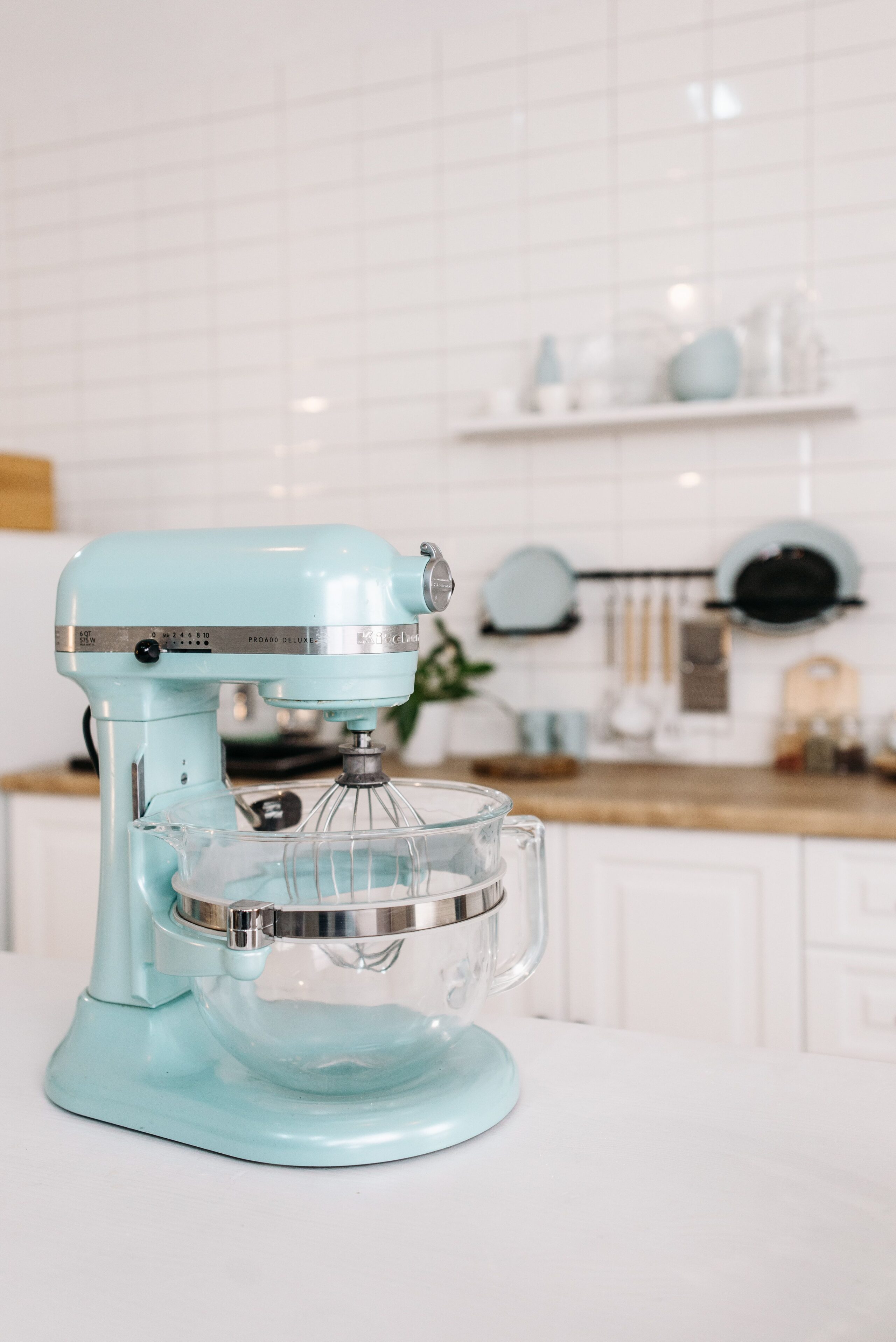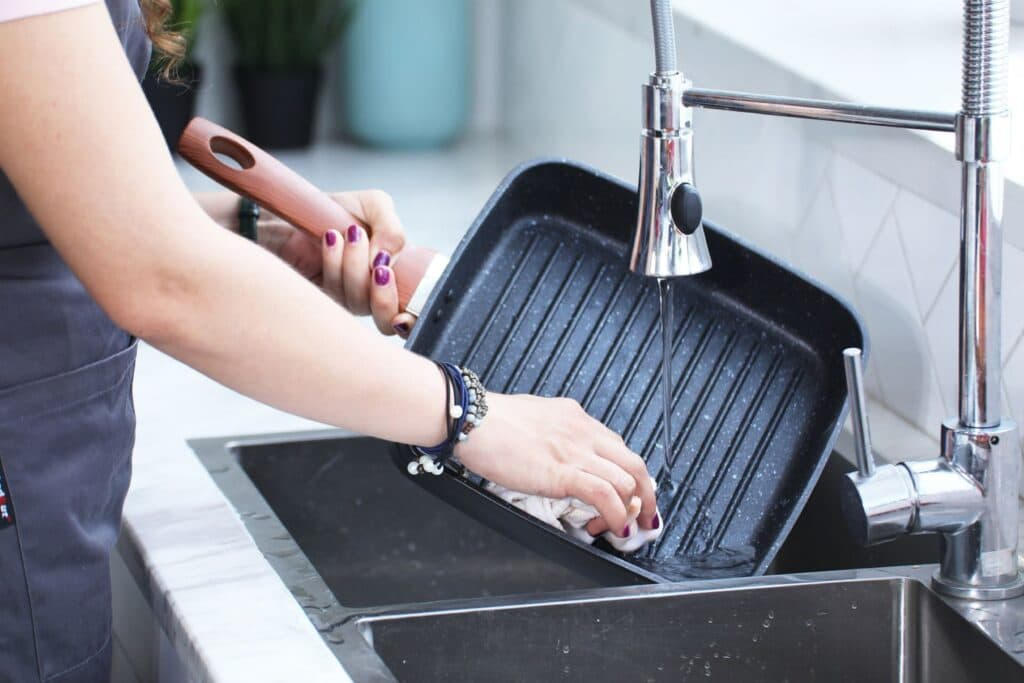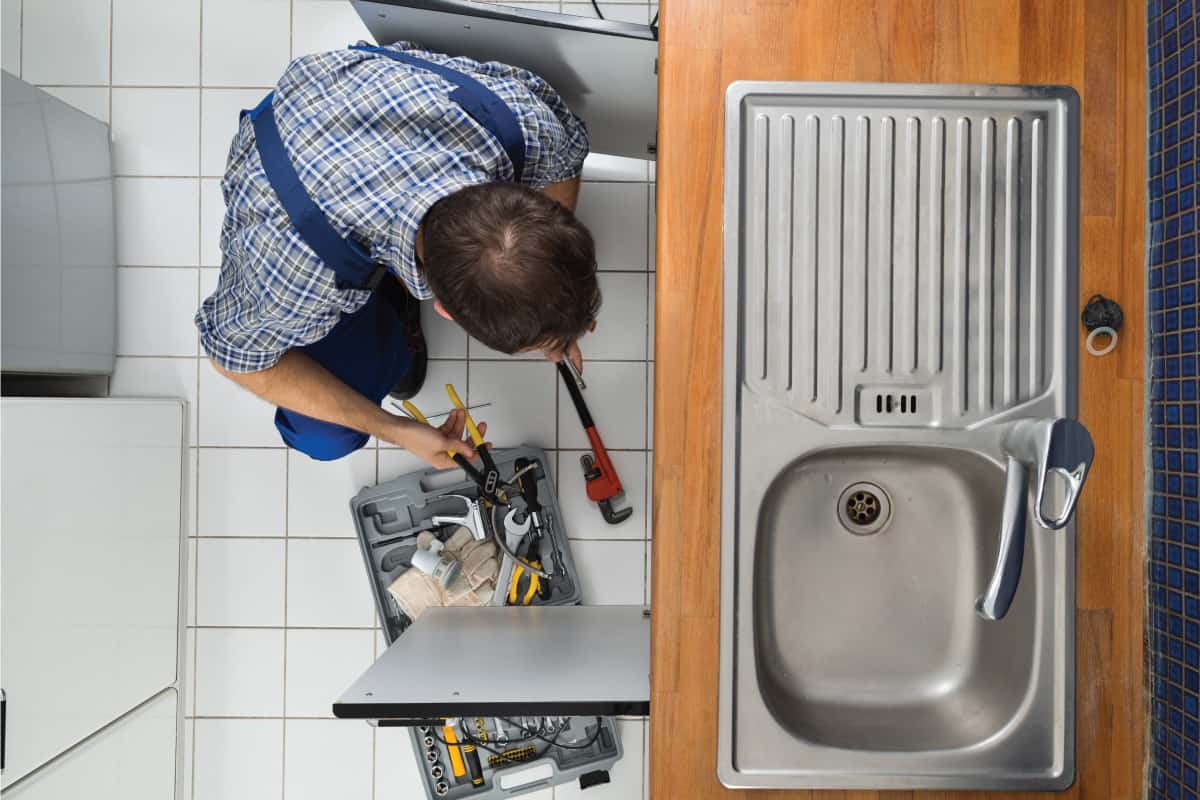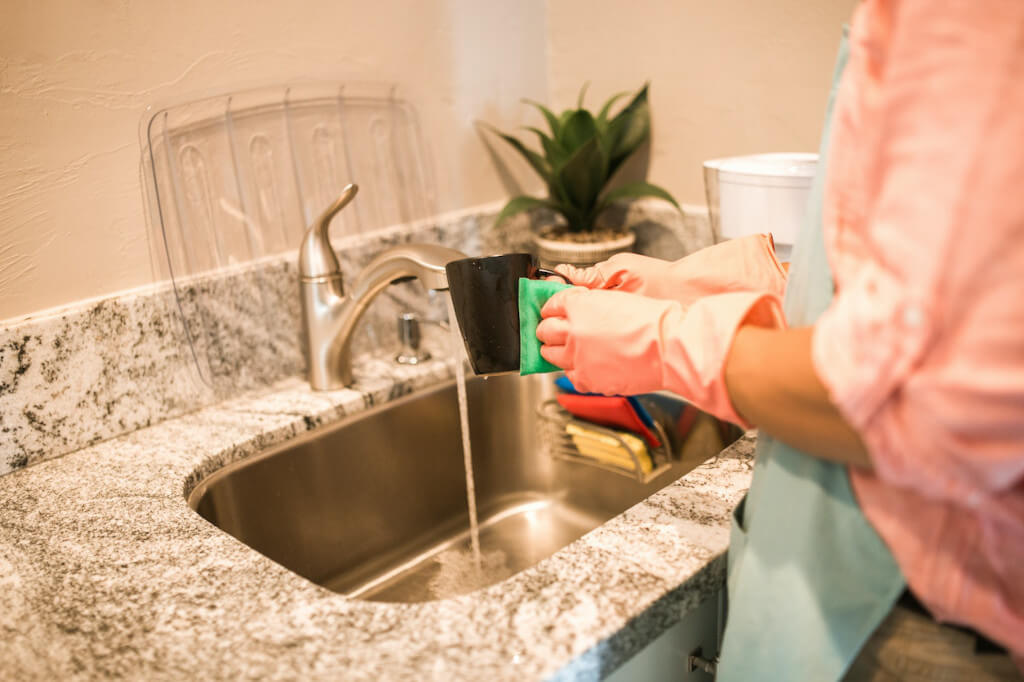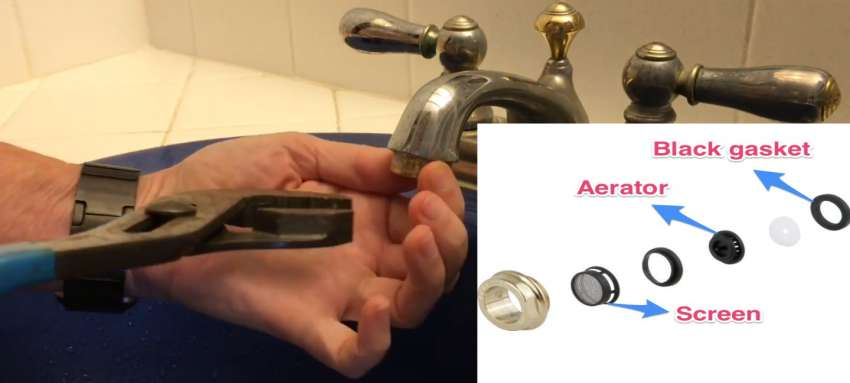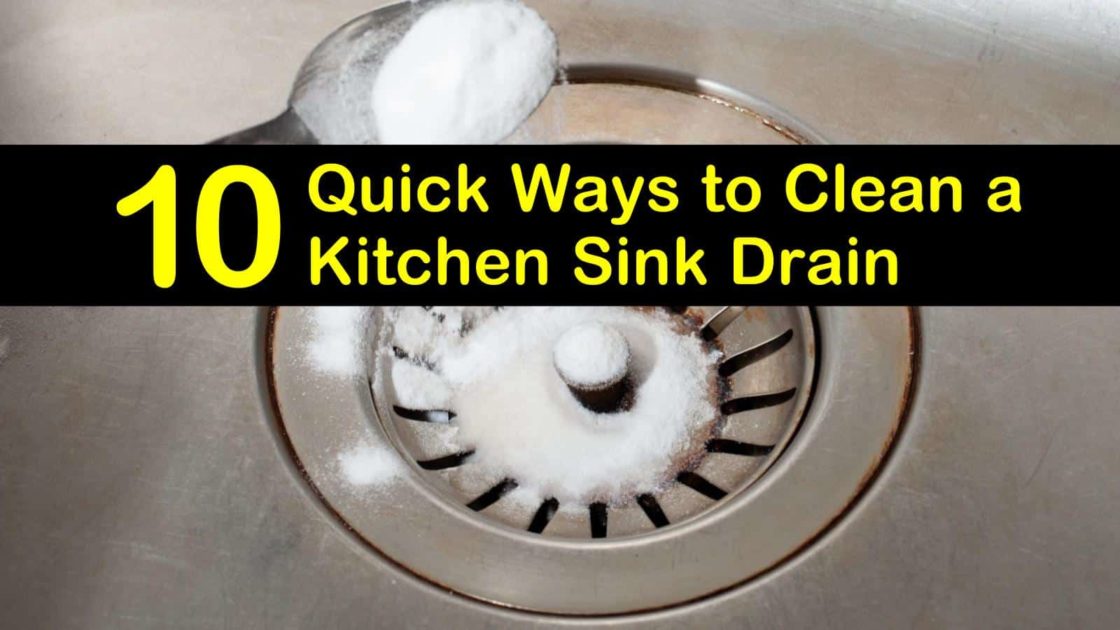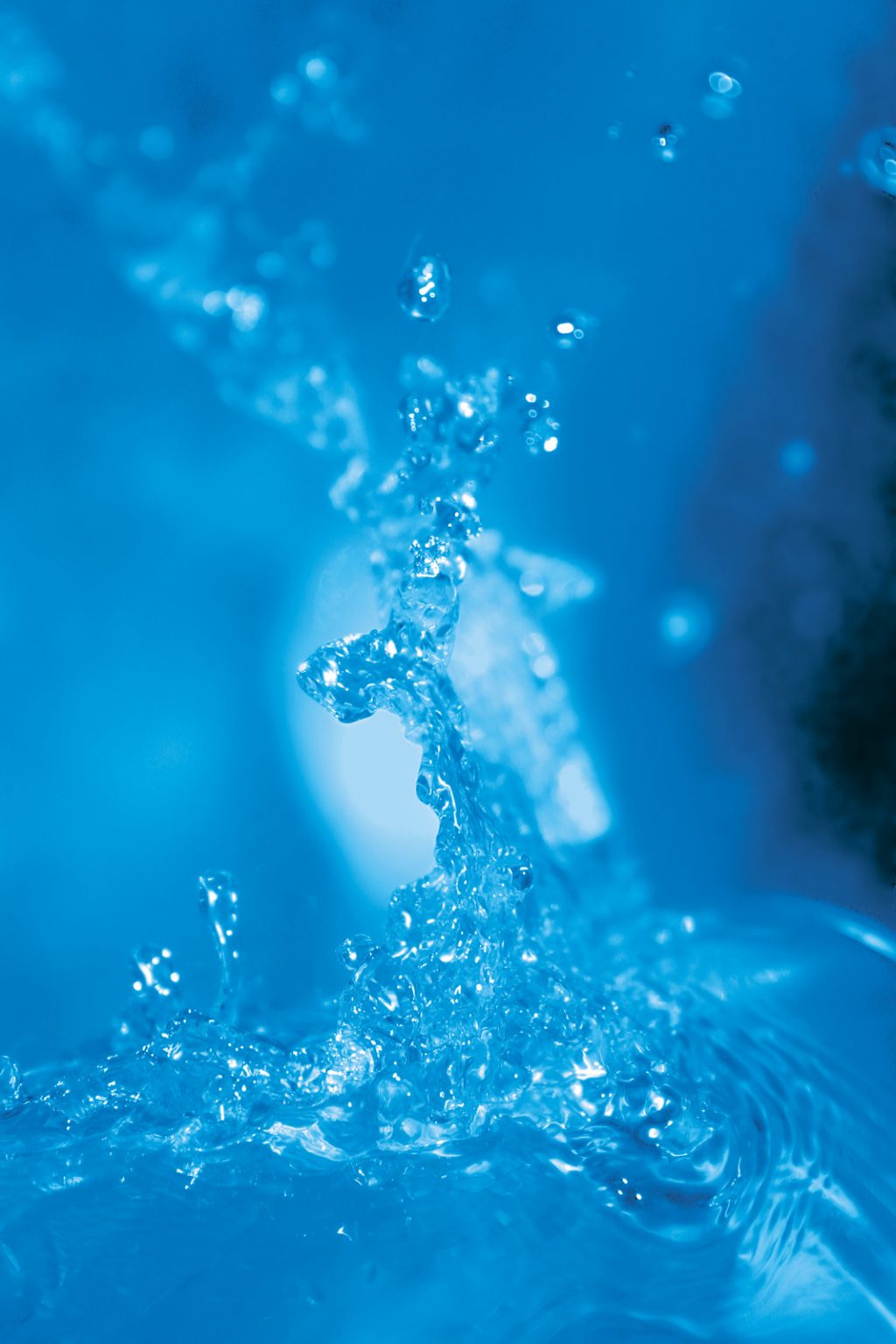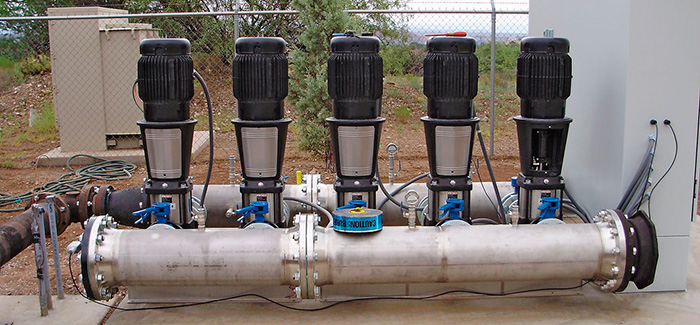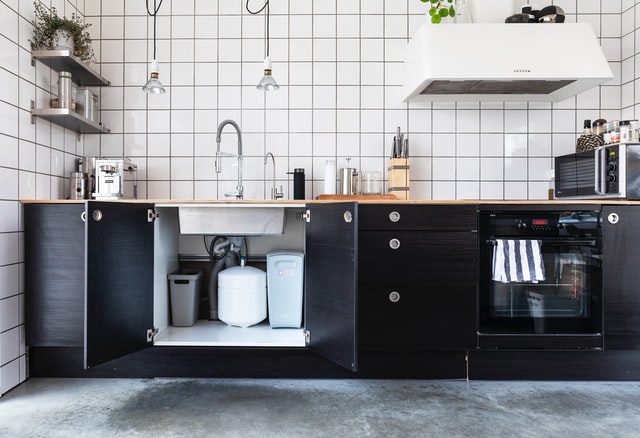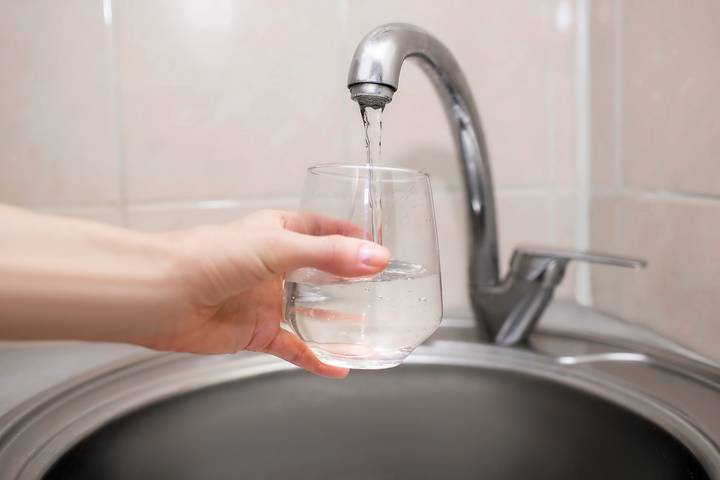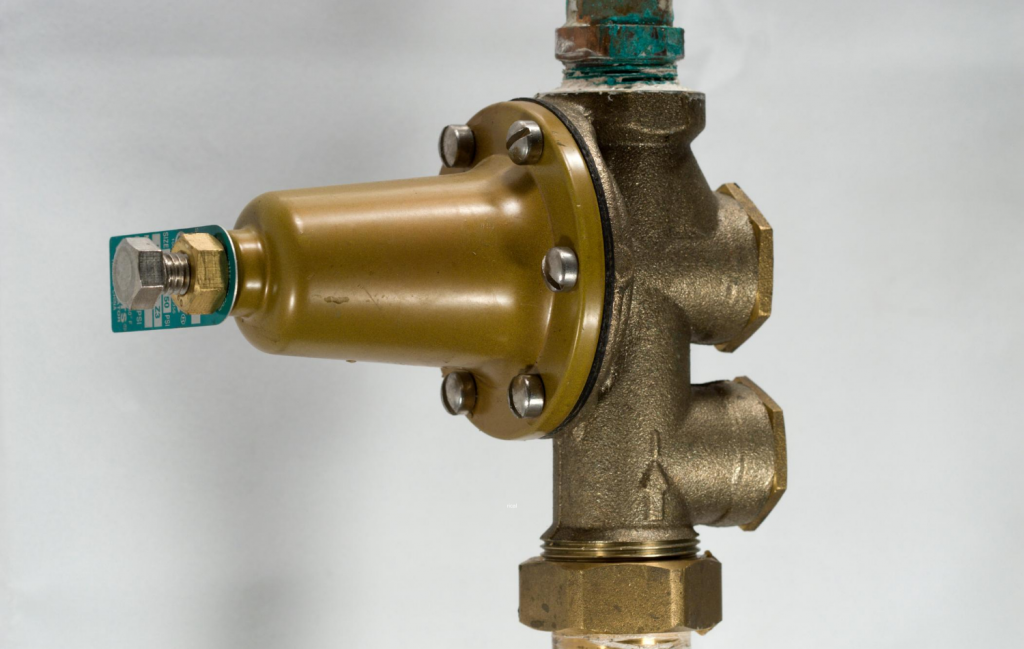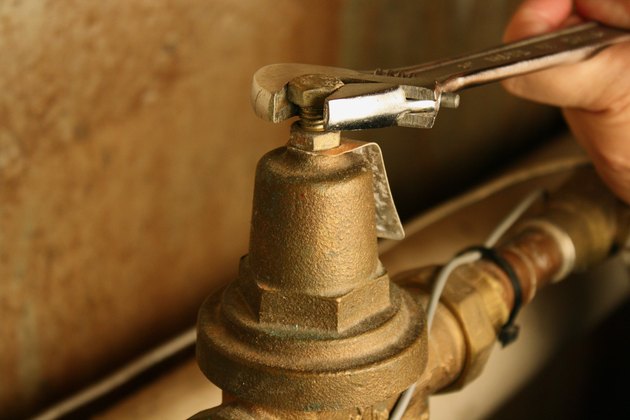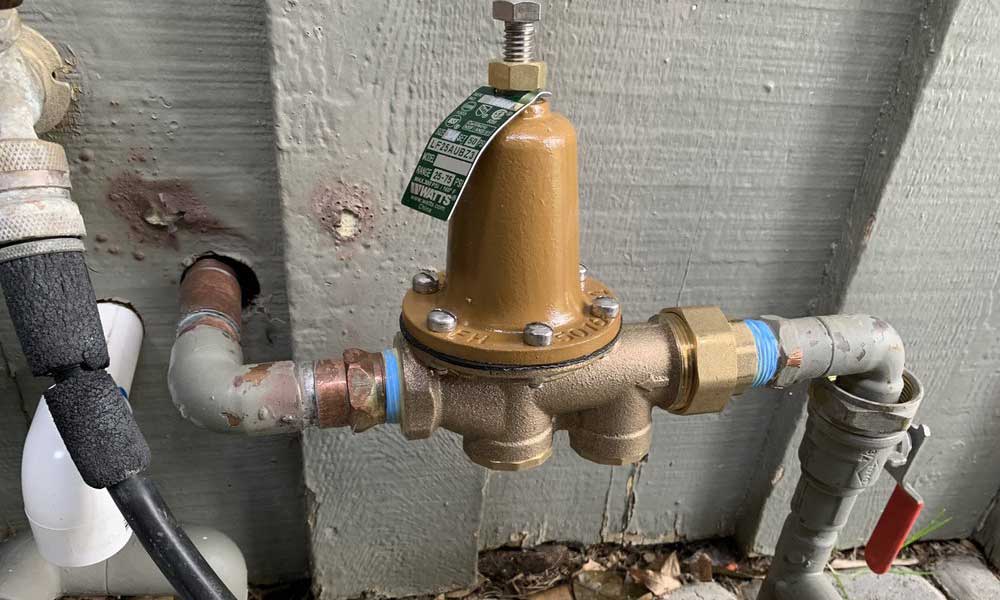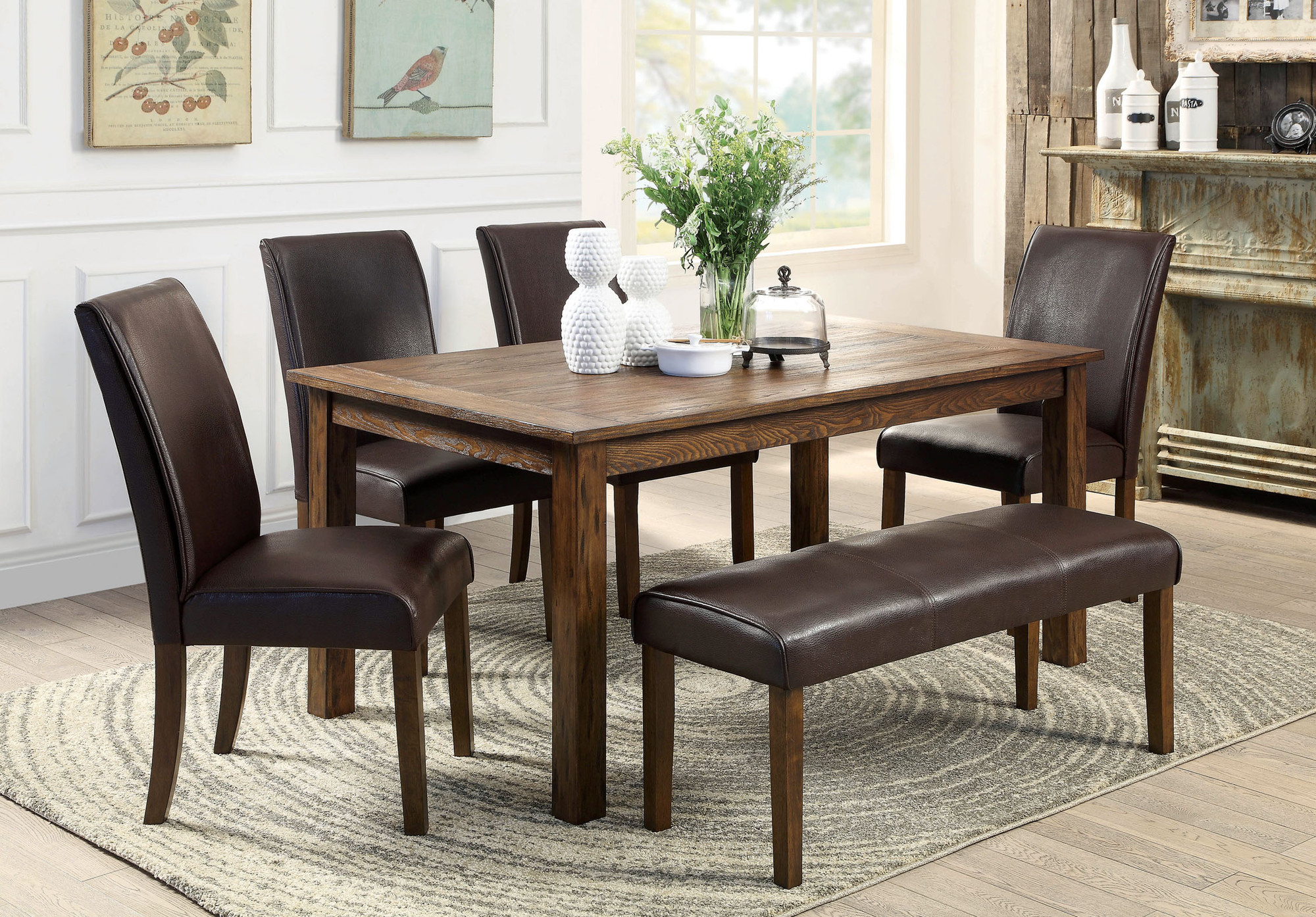If you've noticed that the water pressure in your kitchen sink is lower than usual, it can be frustrating and inconvenient. There are a few potential causes for low water pressure in your kitchen sink, and luckily, most of them can be easily fixed. In this article, we'll go over some of the common solutions for fixing low water pressure in your kitchen sink.How to Fix Low Water Pressure in Your Kitchen Sink
If you're experiencing low water pressure in your kitchen sink, the first thing to check is your faucet aerator. This is the small mesh screen at the end of your faucet that helps to regulate the flow of water. Over time, it can become clogged with mineral deposits and debris, which can decrease water pressure. To increase water pressure, try cleaning or replacing the aerator. If cleaning or replacing the aerator doesn't improve the water pressure, the next step is to check the shut-off valves under your sink. These valves control the flow of water to your faucet and can sometimes become partially closed, limiting water pressure. Make sure the valves are fully open to allow for maximum water flow.How to Increase Water Pressure in Your Kitchen Sink
In addition to a clogged aerator or partially closed shut-off valves, there are a few other common causes of low water pressure in kitchen sinks. One potential cause is a blockage in the water pipes leading to your sink. This can be caused by mineral deposits, debris, or even pipe corrosion. In this case, it's best to call a plumber to assess and fix the issue. Another possible cause of low water pressure is a faulty pressure regulator. This is a device that controls the overall water pressure in your home. If the regulator is malfunctioning, it can lead to low water pressure in your kitchen sink. You may need to call a professional to replace the pressure regulator.Common Causes of Low Water Pressure in Kitchen Sinks
If you turn on your kitchen sink and no water comes out at all, there are a few things you can check before calling a plumber. First, make sure the shut-off valves under the sink are fully open. If they are, the next step is to check for any leaks in the pipes leading to your sink. A leak can cause a decrease in water pressure or even a complete loss of water flow. If you find a leak, it's important to fix it as soon as possible to prevent further damage. If there are no leaks and the shut-off valves are fully open, the problem may be with your water supply. Contact your water company to see if there are any known issues in your area that could be causing a lack of water pressure.How to Troubleshoot a Kitchen Sink with No Water Pressure
If you suspect that a clog is causing low water pressure in your kitchen sink, there are a few methods you can try to clear it. One option is to use a plunger to try and dislodge the clog. If that doesn't work, you can also try using a plumbing snake to break up and remove the clog. If these methods don't work, it's best to call a plumber for assistance.How to Unclog a Kitchen Sink with Low Water Pressure
If you've tried all of the above solutions and still have low water pressure in your kitchen sink, it may be time to replace your faucet. Over time, faucets can become worn out and may need to be replaced for optimal water pressure. Make sure to choose a faucet with a high flow rate to ensure strong water pressure in your kitchen sink.How to Replace a Kitchen Sink Faucet for Better Water Pressure
One way to prevent low water pressure in your kitchen sink is to regularly clean and maintain it. This includes cleaning the faucet aerator and regularly checking for any leaks or clogs. You should also be careful about what you put down your sink drain, as large food particles or grease can cause clogs and decrease water pressure over time.How to Clean and Maintain Your Kitchen Sink to Avoid Low Water Pressure
If you live in an older home or have consistently low water pressure, you may want to consider installing a water pressure booster for your kitchen sink. This device connects to your water supply and helps to increase water pressure throughout your home, including in your kitchen sink. Make sure to follow the manufacturer's instructions carefully for proper installation.How to Install a Water Pressure Booster for Your Kitchen Sink
If you suspect that a leak in your kitchen sink pipes is causing low water pressure, there are a few ways to check for it. First, look for any visible signs of water damage or dripping water under your sink. You can also try turning off the water supply to your sink and monitoring the water meter to see if it continues to run, indicating a leak. If you find a leak, it's important to fix it as soon as possible to prevent further damage and restore water pressure.How to Check for Leaks in Your Kitchen Sink Pipes that Could Cause Low Water Pressure
If you have a water pressure regulator and suspect that it may be causing low water pressure in your kitchen sink, you can try adjusting it to see if it makes a difference. The pressure regulator is typically located near the main water supply valve. Use a wrench to turn the adjustment screw clockwise to increase water pressure or counterclockwise to decrease it. It's important to make small adjustments and test the water pressure before making any further changes. In conclusion, low water pressure in your kitchen sink can be a frustrating issue, but it's usually fixable. By following these tips and troubleshooting methods, you can increase water pressure and enjoy a fully functioning kitchen sink once again.How to Adjust the Water Pressure Regulator for Your Kitchen Sink
Kitchen Design: The Importance of Proper Pressure in Your Sink

Why Pressure Matters in Your Kitchen Sink
 When it comes to designing a functional and efficient kitchen, the sink is often overlooked. However, the sink is an essential component of any kitchen and plays a crucial role in daily tasks such as washing dishes, preparing food, and cleaning up. One common issue that can greatly affect the functionality of your sink is low water pressure. If you're experiencing
kitchen sink no pressure
, it's important to address it as soon as possible to avoid inconvenience and potential damage to your sink and plumbing.
When it comes to designing a functional and efficient kitchen, the sink is often overlooked. However, the sink is an essential component of any kitchen and plays a crucial role in daily tasks such as washing dishes, preparing food, and cleaning up. One common issue that can greatly affect the functionality of your sink is low water pressure. If you're experiencing
kitchen sink no pressure
, it's important to address it as soon as possible to avoid inconvenience and potential damage to your sink and plumbing.
The Impact of Low Water Pressure
 Low water pressure in your kitchen sink can be caused by a variety of factors, such as clogged pipes, a faulty faucet, or an issue with your home's water supply. Regardless of the cause, low water pressure can make everyday tasks in the kitchen more difficult and time-consuming. For example, washing dishes with low water pressure can take twice as long and may not adequately clean your dishes. Additionally, low water pressure can make it challenging to fill pots and pans, making cooking more time-consuming and frustrating.
Low water pressure in your kitchen sink can be caused by a variety of factors, such as clogged pipes, a faulty faucet, or an issue with your home's water supply. Regardless of the cause, low water pressure can make everyday tasks in the kitchen more difficult and time-consuming. For example, washing dishes with low water pressure can take twice as long and may not adequately clean your dishes. Additionally, low water pressure can make it challenging to fill pots and pans, making cooking more time-consuming and frustrating.
The Importance of Proper Pressure
 Having
proper pressure
in your kitchen sink is essential for a functional and efficient kitchen. Adequate water pressure ensures that your kitchen tasks can be completed quickly and effectively. It also helps to prevent potential damage to your sink and plumbing. When water pressure is too low, it can put unnecessary strain on your pipes and faucet, leading to leaks and potential water damage.
Having
proper pressure
in your kitchen sink is essential for a functional and efficient kitchen. Adequate water pressure ensures that your kitchen tasks can be completed quickly and effectively. It also helps to prevent potential damage to your sink and plumbing. When water pressure is too low, it can put unnecessary strain on your pipes and faucet, leading to leaks and potential water damage.
How to Fix Low Water Pressure
 If you're experiencing low water pressure in your kitchen sink, there are a few steps you can take to address the issue. First, check to see if the problem is isolated to just your kitchen sink or if it affects other faucets in your home. If it's just your kitchen sink, try cleaning the faucet aerator, which can become clogged with mineral deposits over time. If this doesn't solve the issue, you may need to call a professional plumber to inspect your pipes and determine the cause of the low water pressure.
If you're experiencing low water pressure in your kitchen sink, there are a few steps you can take to address the issue. First, check to see if the problem is isolated to just your kitchen sink or if it affects other faucets in your home. If it's just your kitchen sink, try cleaning the faucet aerator, which can become clogged with mineral deposits over time. If this doesn't solve the issue, you may need to call a professional plumber to inspect your pipes and determine the cause of the low water pressure.
In Conclusion
 Having proper water pressure in your kitchen sink is essential for a functional and efficient kitchen. If you're experiencing
kitchen sink no pressure
, it's important to address the issue promptly to avoid inconvenience and potential damage to your sink and plumbing. Remember to regularly check and maintain your kitchen sink to ensure it continues to function properly and efficiently.
Having proper water pressure in your kitchen sink is essential for a functional and efficient kitchen. If you're experiencing
kitchen sink no pressure
, it's important to address the issue promptly to avoid inconvenience and potential damage to your sink and plumbing. Remember to regularly check and maintain your kitchen sink to ensure it continues to function properly and efficiently.

